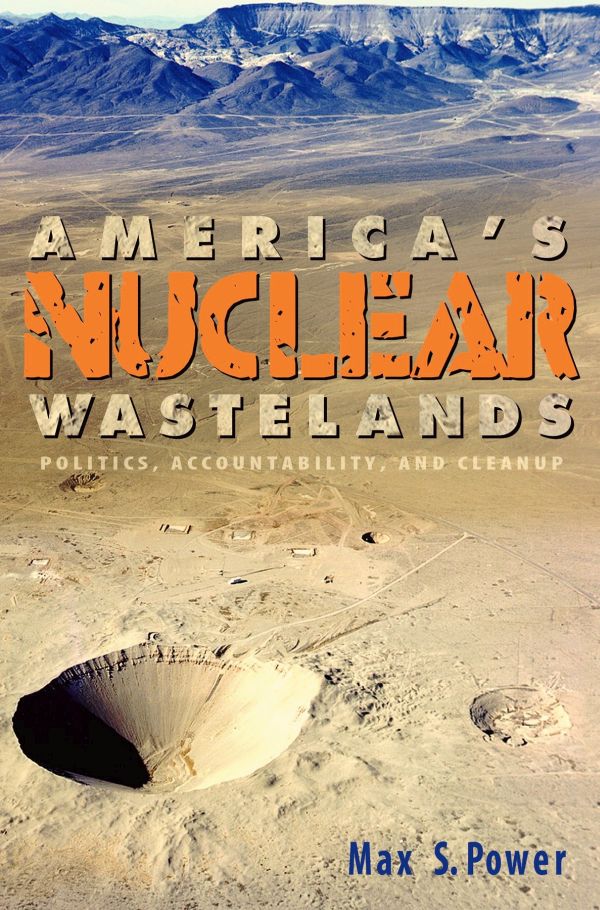Description
Antone Brooks grew up close enough to Nevada Test Site nuclear detonations to see the sky light up, feel the shockwaves, and, along with his family and everyone he knew, be exposed to radioactive fallout. His long scientific career—from early days trekking into the Uinta Mountains to hunt contaminated deer for tissue samples, to thousands of hours devoted to careful microscope work on chromosomal aberrations in animal studies—has been an increasingly sophisticated search for answers to the questions these fallout exposures raised. How dangerous were they? Could they produce cancer? How afraid of low dose radiation should people be?
In 1998, Dr. Brooks became Chief Scientist of the U.S. Department of Energy’s (DOE’s) new Low Dose Radiation Research Program. During the next decade, the group redefined the field of low dose radiation biology. Researchers applied advances in instrumentation and molecular biology from the Human Genome Project and developed new technologies, like the microbeam, to examine cellular response to low dose radiation.
The findings were startling. At low doses, biological reactions are unique and often unrelated to those that occur at high doses. The hugely influential linear-no-threshold model—which predicted that damage from acute exposures can be extrapolated linearly to low dose exposures—was flawed. In fact, small doses of radiation can have an adaptive protective effect. “Hit theory,” the idea that radiation only affected cells it directly traversed, yielded to a new “bystander theory,” which hypothesizes that cells communicate with each other and a dose to one cell affects others surrounding it.
Low Dose Radiation tells the story of the DOE program’s development, the scientists who made it viable, and the fundamental results, highlighting lessons learned during its lifespan—including how that knowledge might be useful in case of a nuclear event. It describes the impact on current thinking, summarizing the data and providing a scientific basis for setting radiation standards. Although the book is primarily a scientific text, the author believes that communicating with non-scientist decision makers about conclusions is extremely important. He hopes this history will illuminate crucial work that remains and stimulate new research.
Antone L. Brooks, Research Professor Emeritus at Washington State University Tri-Cities, holds a Master of Radiation Ecology and a Ph.D. in Physical Biology. He has contributed to more than 150 professional papers.
Illustrations / maps / notes / bibliography / index / 324 pages (2018)







